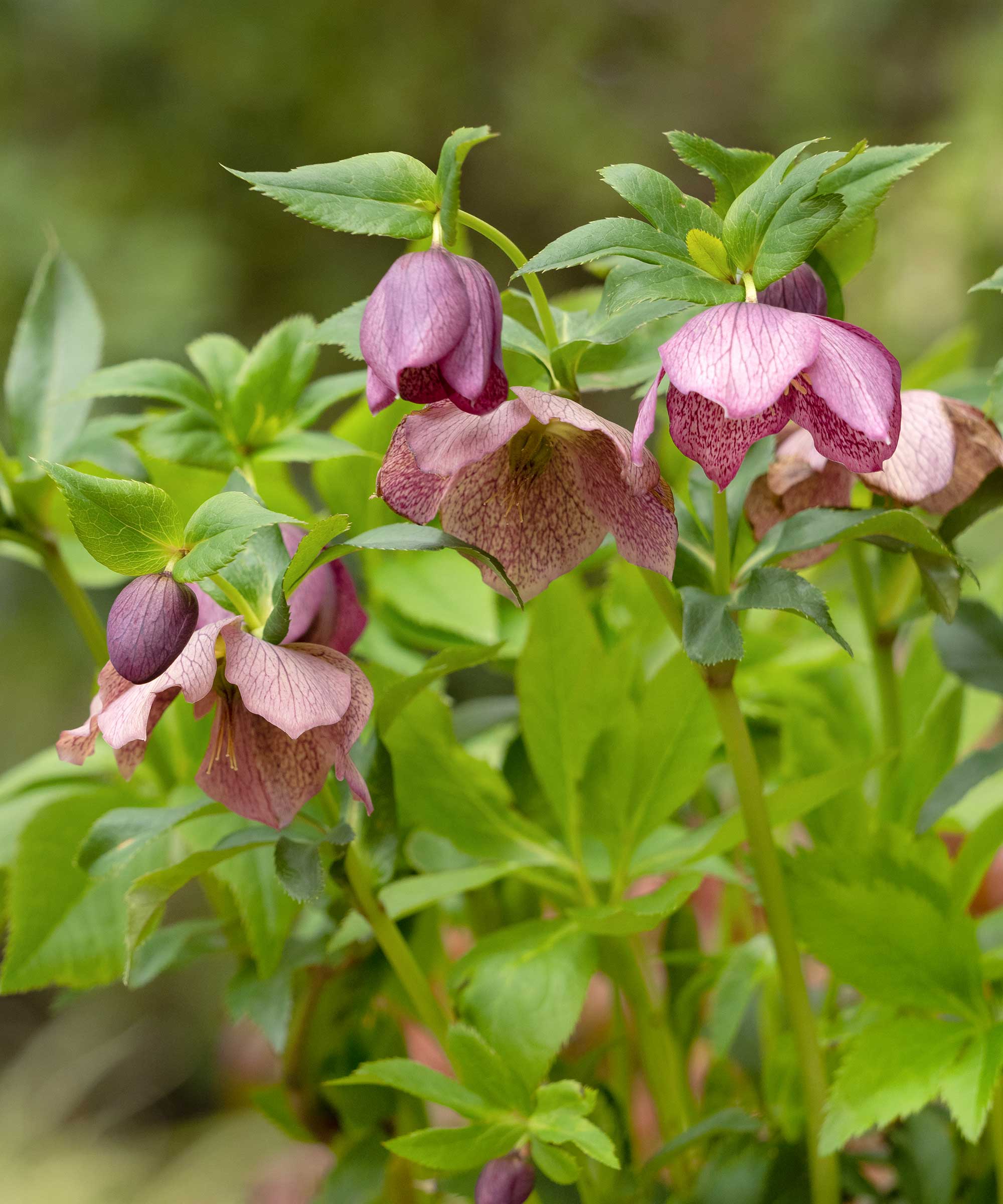
Q: I would like to plant hellebores in my backyard borders for a bit of extra color this winter, but a friend warned me they’re poisonous. I don’t want to put my cat and dog in danger. Should I be worried?
A: Hellebores are fabulous winter flowers for their nodding blooms in pink, white, purple, and green. But your friend is right – they are poisonous plants for pets, causing various health concerns if ingested. So, to keep your backyard pet-friendly, it's important to know the risks and how to avoid them.

The dangers of hellebores for your pets
Dr. Ray Spragley, a veterinarian, warns that the leaves, stems, and roots of hellebores are all toxic to pets.
Ingestion can lead to symptoms of hellebore poisoning. These include drooling, abdominal pain, vomiting, lethargy, diarrhea, excessive thirst, difficulty breathing, burning of the mouth, paralysis, low blood pressure, and even seizures, Ray lists. What's more, the sap from the plants can cause skin or mouth irritation to pets, he adds.
The good news is that the bitter taste of hellebores can be off-putting. As Ray points out, this makes it unlikely for a pet to ingest enough to develop severe symptoms of hellebore poisoning.
Still, it's always worth erring on the side of caution if you suspect your pet has eaten this toxic plant, by contacting your local veterinarian immediately for advice. As Dr. Sara Ochoa from Hound Games says, 'Fast action saves lives!'

How to protect your pets from hellebore poisoning
'To play it safe, keep hellebores far from areas your pets access,' advises Sara. You may wish to put them in a container on your porch that's off-limits to your four-legged friends, or plant them behind a pet-proof fence, for instance.
'Stay vigilant when the flowering perennials first emerge in late winter and early spring, when pets are most likely to sample them out of curiosity,' adds Mark James of pet-care advice website PetKeener.com. He also suggests pruning off dead leaves and flowers (which should be discarded safely).

FAQs
Are hellebores dangerous to humans?
Yes, hellebores are toxic to humans as well as pets, and should never be eaten. Take care when handling them too, as they can irritate the skin. A pair of gardening gloves, such as these bee-printed ones from Terrain, will help to protect your hands.
Are hellebores in a vase dangerous to pets?
'If you display the flowers inside, put them somewhere up high, beyond your fur baby's reach,' says Sara.
This goes for hellebores grown as festive indoor plants, too. Remember, all parts of the plant are poisonous, so be sure to pick up any spent flowers or leaves that may have dropped onto the floor.
When planting your winter garden, you may wish to stay clear of hellebores altogether if you have pets or little ones running around – similar to toxic spring bulbs such as snowdrops and daffodils. Camellias, which are pretty, winter-flowering shrubs, are a safer planting option for early outdoor color.







